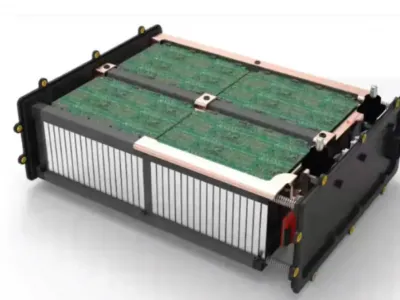Graphite is a critical mineral with a projected short supply given the projected demand for Li-ion batteries for transportation electrification. A Tesla Model 3 requires ~ 70 kg of high purity (electrochemical grade) graphite flake. Just the Tesla Gigafactory production of 500,000 battery units (~ 0.5% of the new car market) will require ~ 10% of the world's annual graphite production. Either an estimated 6 new graphite mines (sources presently unknown) or a rapid ramp-up in oil and coal tar (extracted) pitch (as graphite precursors) will be needed to meet just this demand, in addition to that from other car manufacturers. Likewise, there is a growing need to develop novel energy storage solutions for energy harvesting from renewable sources with one application being to power sensor technologies for Internet of Things (IoT) and health monitoring applications. Graphitic carbons are core to current and anticipated next-generation storage devices. Thus, there is an imminent requirement to scale up high-quality graphite production.
As a substitute for oil-derived tar or coal-extracted pitch, biopolymers such as lignin are a natural, and renewable alternative and are commercially available. Yet it forms amorphous, non-graphitic carbon. As a solution, lignin and graphene oxide (GO) exhibit strong 𝜋−𝜋 interaction which leads to self-ordering. As needed, the lignin will also be functionalized to produce alkylated lignin to increase graphitic structure during carbonization. Our goal is to demonstrate the use of this graphite as electrodes in Lithium-ion capacitor technology. A lithium-ion capacitor, with its high cycle life, low self-discharge, high energy, and power density can offer a unique energy storage solution when combined with energy harvesters to either replace or augment current battery technologies and meet the continuous pulsed power demands in the sensor applications. The key challenge is to develop high-performance pre-lithiated graphite anodes that can demonstrate high-rate capability.





